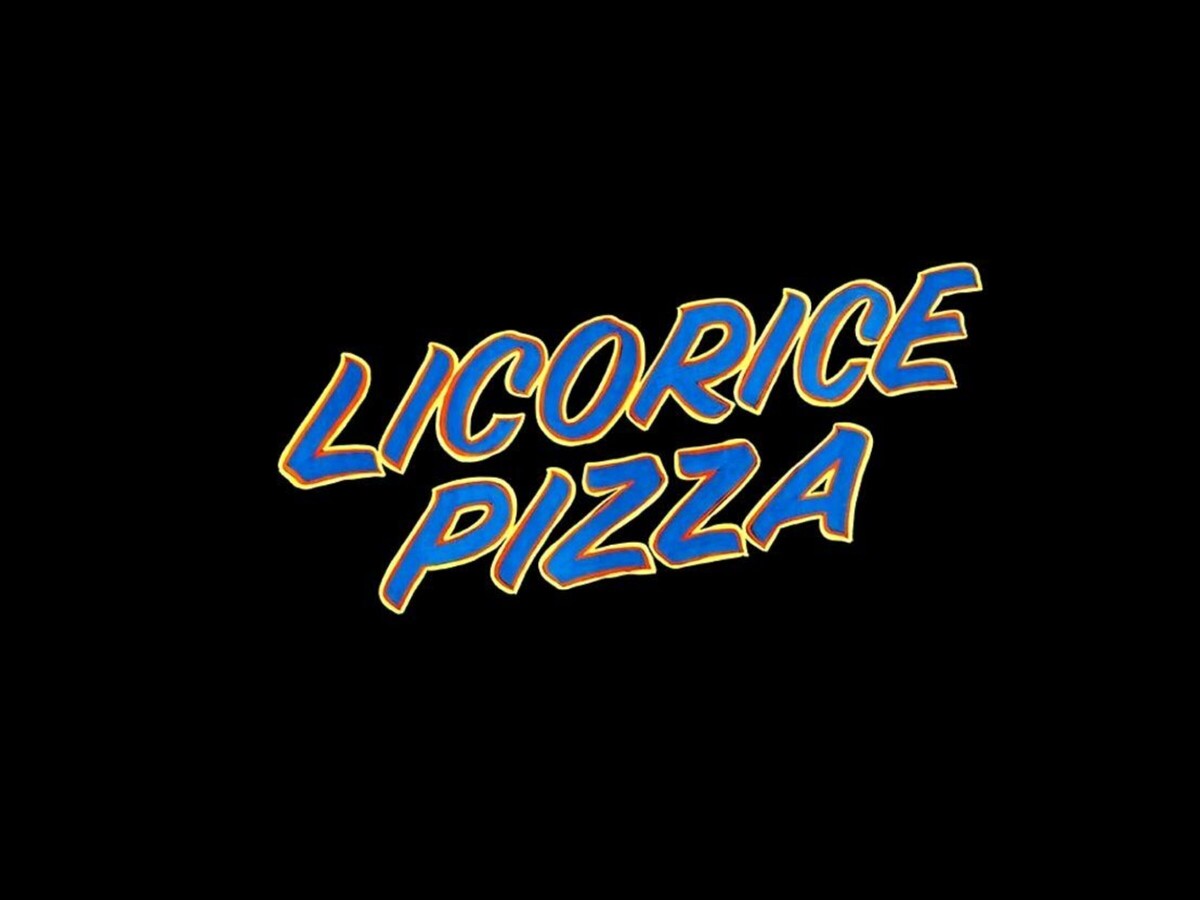Image

There are some hallmarks of independent film that a movie can feature and usually receive acclaim. For a first-time outing, or for a movie in a genre that traditionally does not feature such things, these can be a massive benefit to a film. When a movie like Licorice Pizza puts on the guise of being a low budget indie film using these methods, and implements them at times where it does not benefit the story, it just creates a feeling that the director is doing it because they can in order to make the movie feel like it is better than it actually is.
The first thing that absolutely must be addressed is the age gap between the two leads. Alana Haim (Alana) and Cooper Hoffman (Gary) both give outstanding performances but the material that they are dealing with is a little strange. It is established in the opening scene that Gary is 15 and a high school student while Alana is 25 and working for a photography company. Outside of the creep-factor of the relationship, there is not even a narrative reason for the age gap to justify it being what it is. There is exactly one scene after the initial introductions that is tangentially dependent on his being under 18, but even that scene is only dependent on the surface and a second draft of the script could fix it.
In fact, the script would actually work better if Gary was of age because it would make his personality and the relationship troubles more realistic, grounded, and understandable. Gary is a combination of Ralph Kramden from The Honeymooners and Tom Haverford from Parks and Recreation. He has a lot of ingenuity, an eye for business, and is always chasing a trend in an effort to make money. As a teenager, this behavior is expected in a way where Alana should just expect it and not be mad at him for it. If he is in his mid-20s and still acting in this way and chasing after every new fad in an effort to make money, it becomes a tragic story about someone who has not yet grown up and when Alana makes her decisions, it fits into the story a lot cleaner.
On the topic of the movie’s overuse of complex cinematic imagery, there are way too many long takes or tracking shots. A tracking shot does have its place in a movie when implemented correctly and can add intimacy, anxiety, or even just save money in a movie with budgetary constraints. If there isn’t an artistic reason for it, overusing it in a movie just becomes a distraction. Every time a character walks with intent, there does not need to be a real time shot of them walking from point A to point B. Every time a character has a conversation, there does not need to be a long take that does not break. Doing it once or twice is fine, doing it in the majority of shots lessens the impact and distracts from the film.
The story that’s not about this bizarre love story is somewhat disconnected, but not in an interesting or easy to follow way. A disjointed story is usually fine where the story can be loosely connected where it’s almost told as vignettes, so long as the main thrust of the story is consistent. At one point the plot detours with seemingly no setup into a career change for a character which is purely to cause conflict. Prior to this point, this character never expressed an interest in that career but sure, a half hour detour is worth it.
All of this completely ignores one of the most bizarre scenes in the movie, one where John Michael Higgins plays the owner of a Japanese restaurant who goes to Gary’s mother to help with the marketing. He appears in two scenes, both with the same joke where he is married to an Asian woman(a different woman in each scene) and communicates with her solely through doing a very over the top racist Asian accent. It is bizarre solely because these scenes have zero impact on the plot, not even to provide context for something else, and can be removed from the movie with no negative impact on the plot.
Since this is an MGM film, it is probably going to end up on Amazon Prime after its theatrical run since Amazon has acquired the studio. That is probably the best way to enjoy this movie because it is certainly not worth the time, gas, or ticket price to see it in a theater.
Final Rating: 7/10